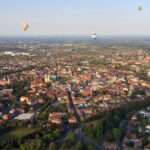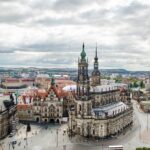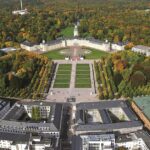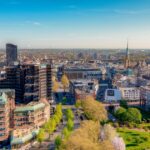Mönchengladbach is a city in North Rhine-Westphalia, Germany, that boasts a rich cultural heritage, scenic landscapes, and a range of activities that cater to every traveler’s interests. Whether you’re visiting for a weekend or planning to stay for a while, here are the 15 best things to do in Mönchengladbach.
1. Abteiberg Musuem

This modern art museum houses a diverse collection of contemporary and modern art, including works by renowned artists such as Joseph Beuys and Gerhard Richter.
2. Borussia Mönchengladbach

This is the home of the Borussia Mönchengladbach football club and is a great place to catch a game and experience the excitement of German football.
3. Schloss Rheydt
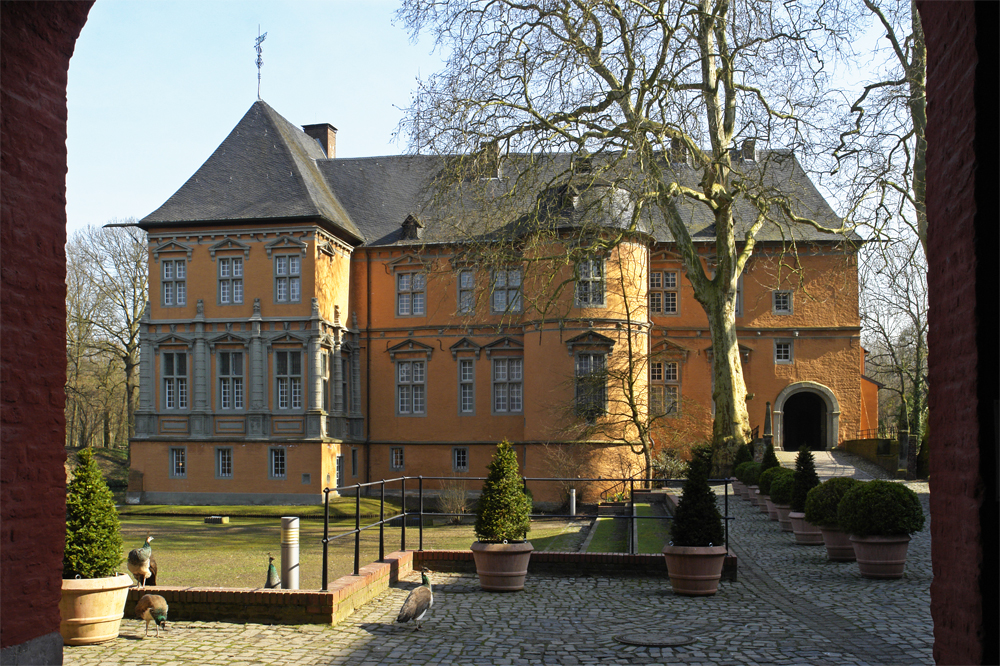
Source: https://schlossrheydt.de/wp-content/uploads//sites/2/2017/11/MSR_2.1.1_6393.jpg
This castle, dating back to the 12th century, is a popular destination for history buffs and offers guided tours that provide an insight into its fascinating history.
4. Alter Markt
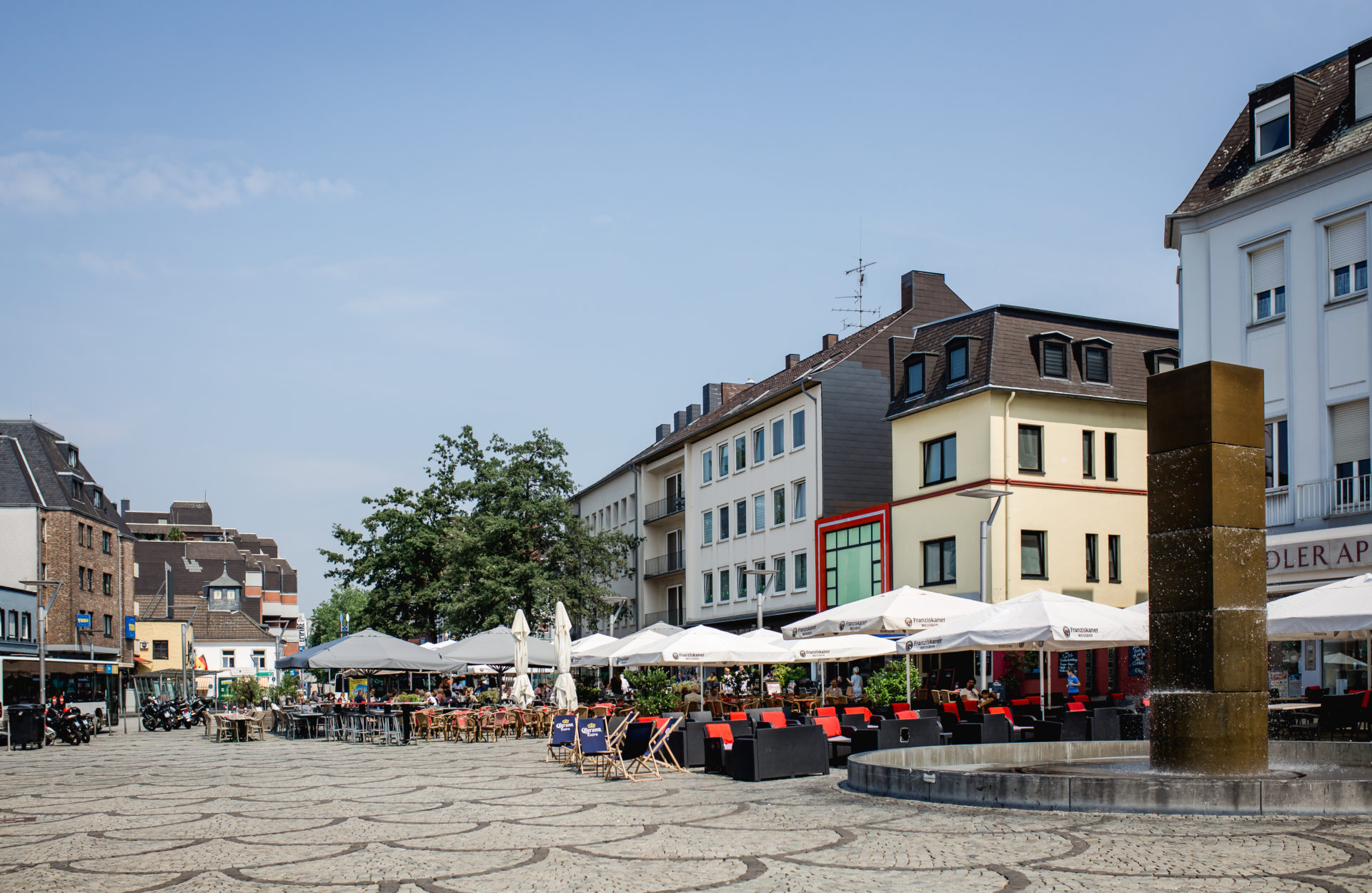
More than a thousand years ago, Mönchengladbach began to take shape around the Alter Markt. The plaza, which is surrounded by bustling pavement cafés and is taken over by a food market on Tuesday, Thursday, and Saturday mornings, nevertheless has a strong sense of being the focus of city activity. In this orderly area, there are contemporary landmarks including a thermometer tower and a fountain that was created in 1977 by the artist Erwin Heerich.
5. Odenkirchen Zoo

Source: https://de.wikipedia.org/wiki/Tiergarten_Mönchengladbach
The Mönchengladbach Zoo was founded in 1957 and houses about 400 animals overall, mostly of European species. You’ll get a unique opportunity to observe nasuas and raccoons swimming in one of the largest cages, which is equipped with a pool. Coatis, bison, lynxes, prairie dogs, four different kinds of monkeys, and more than 50 different bird species, including snowy owls and golden pheasants, are also present.
6. Schloss Dyck

Source: Stephanie Klasen / flickr
Schloss Dyck, one of the most revered moated castles in the Rhineland, was built in the 1100s but only acquired its current appearance via Baroque and Rococo alterations in the 17th and 18th centuries. Two interior exhibits are available for viewing: in the upper castle, the ballroom features Baroque ceiling frescoes, while other rooms include oriental silk wallpaper, carved wainscoting, and Rococo painted panels.
7. Bunter Garten
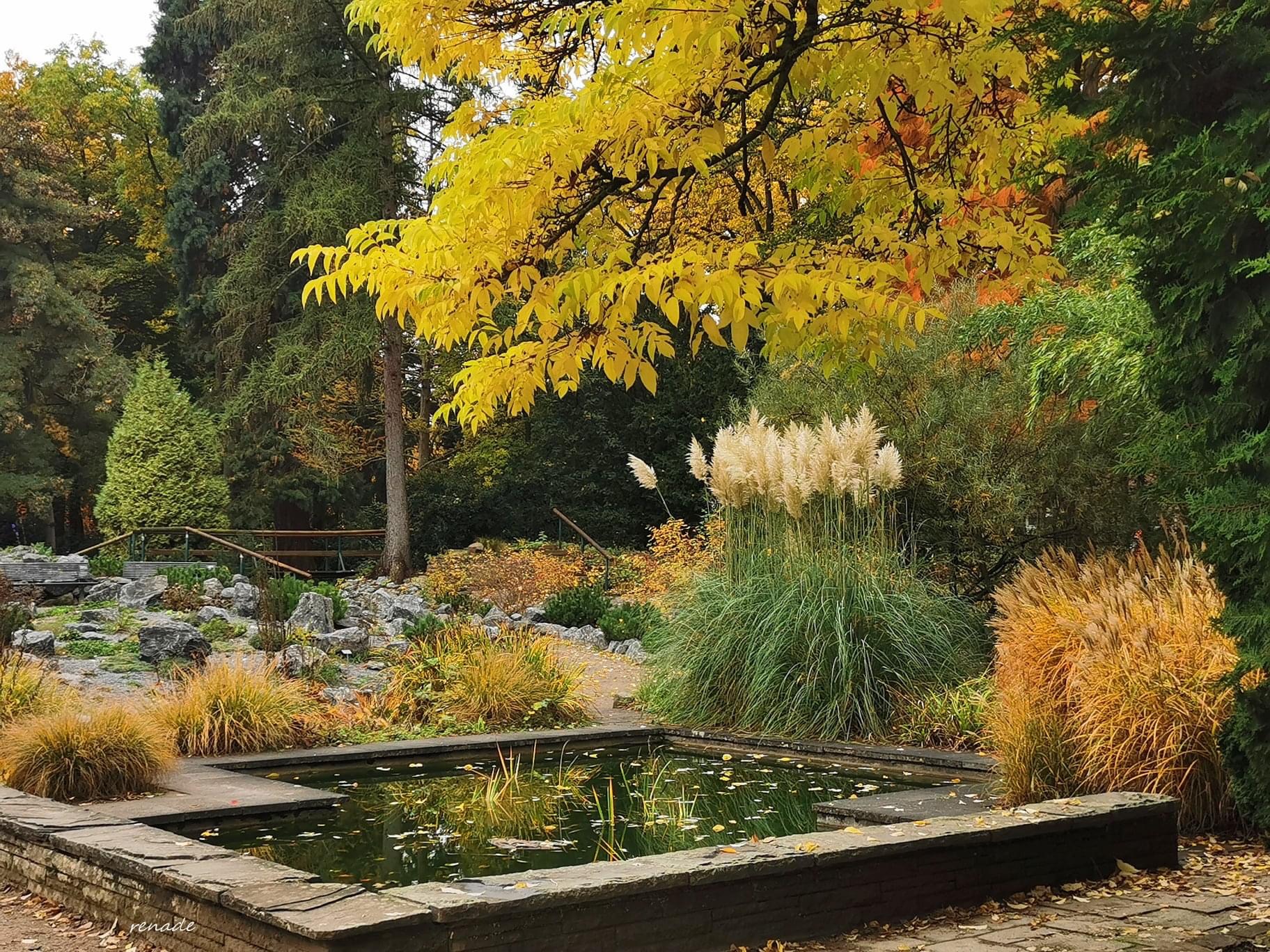
Source: https://deinmg.de/wp-content/uploads/2020/10/Bunter-Garten-8-credit-Renate-Delforge.jpg
The Bunter Garten runs along the northern edge of Gladbach, connecting the Kaiser-Friedrich-Halle performance venue with the cemetery. The park’s 30 hectares are filled with a variety of amenities. There are play areas, several public artworks, and an aviary with over 200 local and exotic species.
8. Basilica of St. Vitus

Watch out for the choir’s tiny stained glass windows and the chapel’s 12th-century Romanesque capitals and blind arches in the chapel under the tower. The magnificent Romanesque baptismal font was cut from glossy bluestone in the 1100s, while the Early Gothic altar is decorated with pointed arches..
9. Kapuzinerplatz

Source: https://deinmg.de/wp-content/uploads/2019/09/Kapuzinzerplatz-FocusBlue-FBF_6365-e1568720568135.jpg
The other square forming the old centre of Gladbach is Kapuzinerplatz, which is totally pedestrianised and has a row of bars and cafes under the gabled houses on the west side. At the centre your eye will be caught by a monumental sculpture made of interlinking L-shaped marble blocks of different colours and textures. In summer there are occasional concerts in the square, and stalls for the Christmas market in December.
10. Wasserturm

The building, which blends aspects of Gothic, Renaissance, and Baroque design, is one of the most recognised monuments in the city. Looking up from the exterior, you may see Hermann Piecq and his family portraits below rings of stone sculptures of aquatic creatures. The tower has two water storage tanks, one for the city’s northern and central regions and the other for the lower districts.
11. Schloss Wickrath
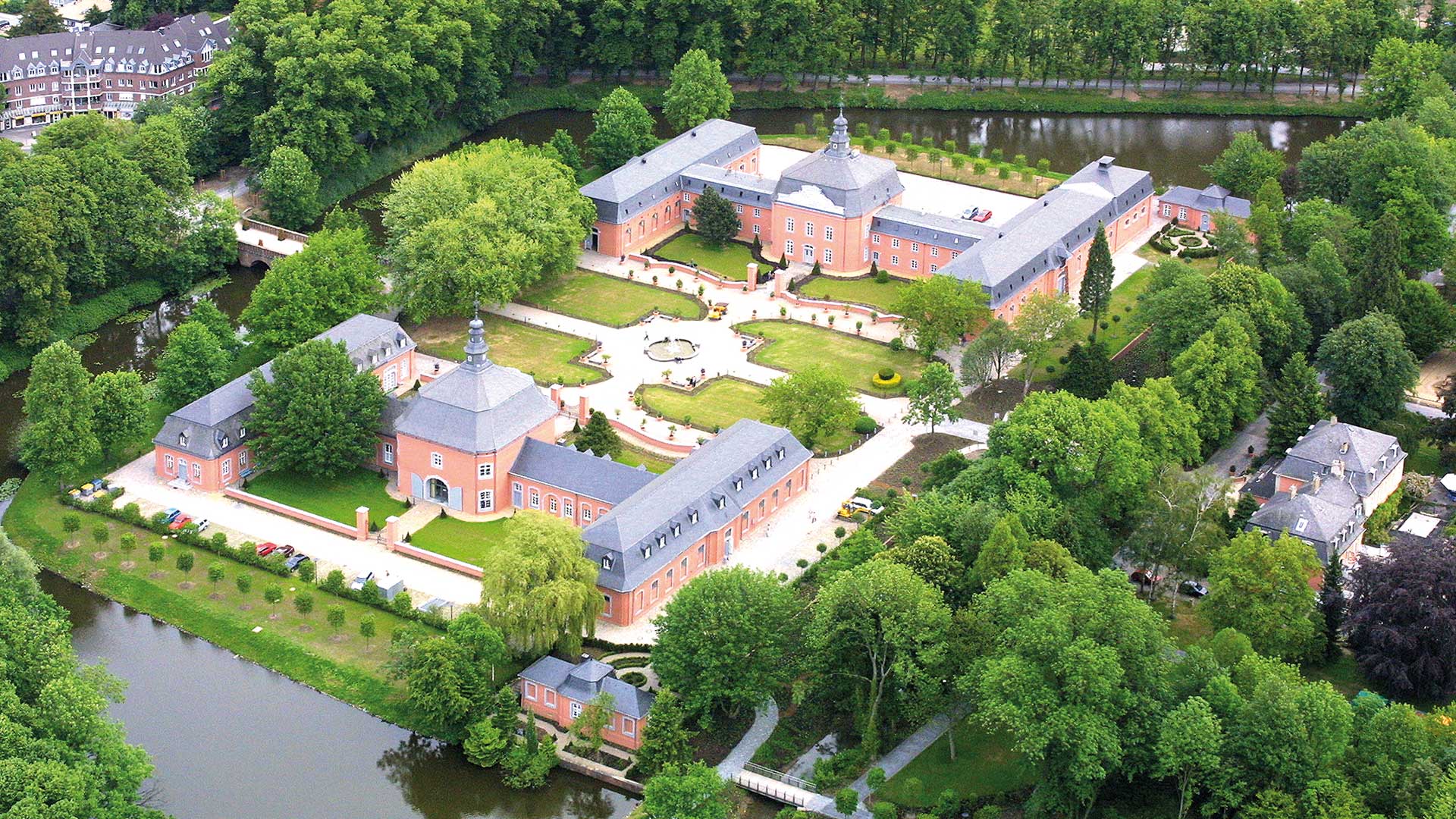
Source:https://deinmg.de/wp-content/uploads/2018/12/dmg-freizeittipps-schloss-wickrath.jpg
For a casual visitor these are the main attraction, with lovely vistas of the property and its bright red walls. But if you’re an equestrian enthusiast Scloss Wickrath is the seat of the Rhineland’s breeding registry. The big event each year is the Schlossparkturnier in May, organising show-jumping and dressage in the estate’s arena.
12. Kaiser-Friedrich-Halle

Source: https://upload.wikimedia.org/wikipedia/commons/6/6d/Kaiser-Friedrich-Halle.jpg
A regal Art Nouveau performance space abutting the Bunter Garten, Kaiser-Friedrich-Halle is named after Kaiser Friedrich III, who ruled for only 99 days. The main auditorium hosts concerts and conferences of many kinds, and a restaurant with views of the Bunter Garten is linked to it on an upper terrace. A charming shell-shaped outdoor music pavilion from 1905 is located in the back. Its stucco border is topped with the city’s coat of arms.
13. Maas-Schwalm-Nette Nature Park

Source: martin stelbrink / flickr
Nearly 100 kilometres of recently renovated walking trails, over 20 visitor centres, and a wealth of interesting sights, including a giant sequoia arboretum, mediaeval watermills, manor houses, and museums about the area’s historic textile trade, are available for visitors. Additionally, you could take advantage of the large bodies of water by swimming, canoeing, or both when the weather permits.
14. Museum Insel Hombroich

An art gallery and park combine on a former NATO missile station in 25 hectares on the left bank of the Erft River. Karl Heinrich Müller, an art collector, purchased the run-down property in 1982. Over the next 12 years, he hired architect Erwin Heerich to create 11 pavilions for the park. The Langen Foundation, a Tadao Ando-designed museum of contemporary and Asian art, is also located there.
15. Karneval
On Shrove Tuesday, when the biggest procession in the nation invades Mönchengladbach, there is nowhere more exciting or crazy to be. For the thousands of “Jecke” (jokers) that participate in the festival, there is a large celebration the Sunday prior to the march. And on the actual holiday, there is no shortage of drunken revelry, fun, and pranks in the city.
Places and Things To Do


